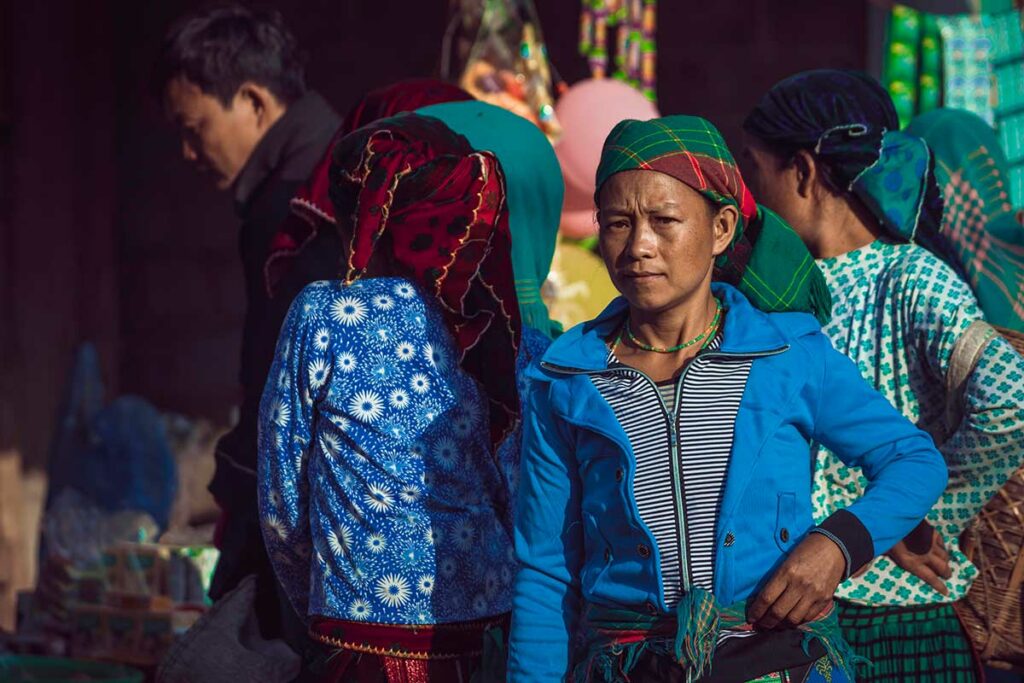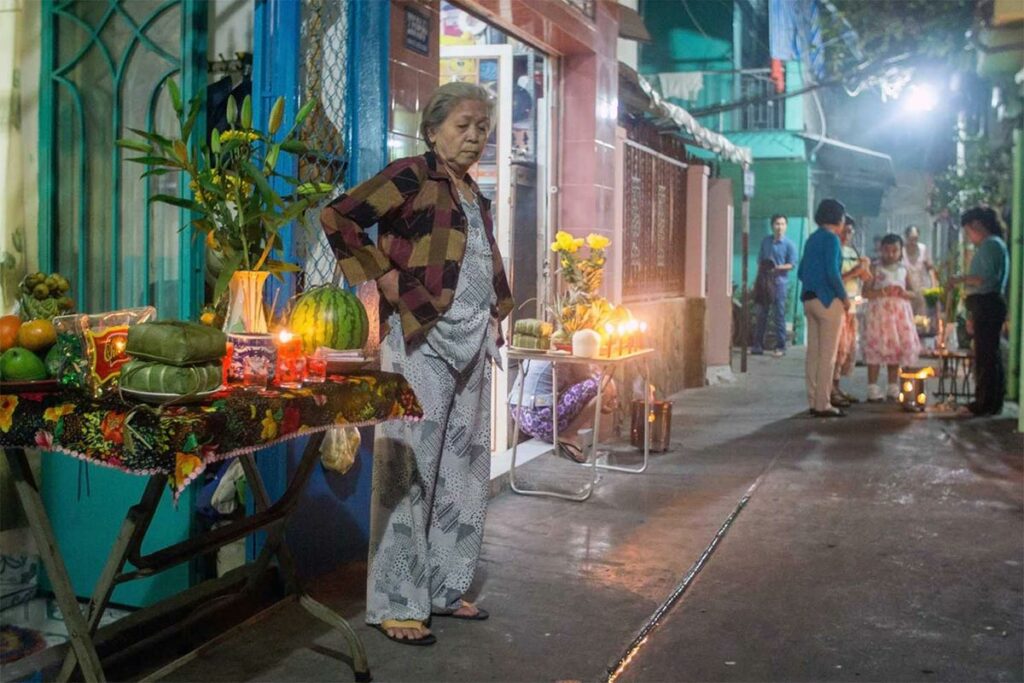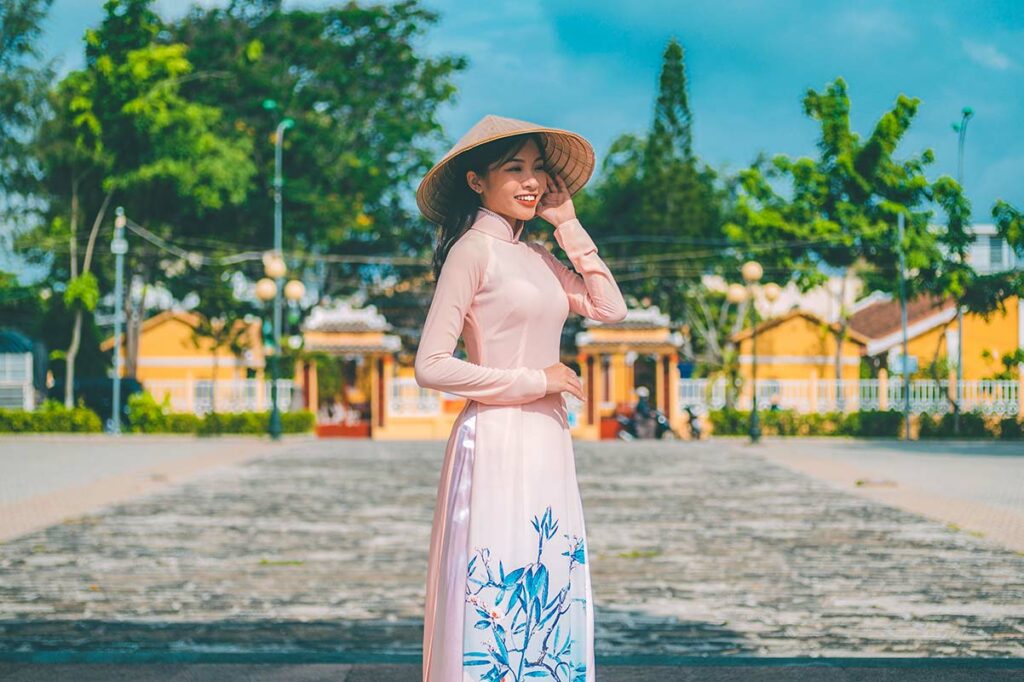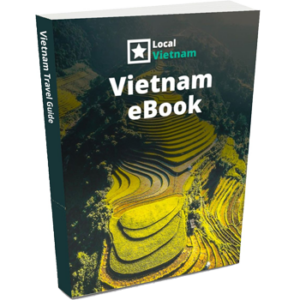Vietnamese people, known for their warm hospitality, are a diverse population comprising various ethnic groups, including the Kinh majority and numerous minority communities. Rooted in deep traditions, Vietnamese culture embraces an array of customs, festivals, and traditional clothing like the elegant ao dai. Moreover, the regional variations across different parts of Vietnam add further depth and richness to the vibrant tapestry of Vietnamese society.
Vietnamese ethnic groups
There is not one type of Vietnamese people. Vietnam is home to a remarkable diversity of ethnic groups, with a total of 54 recognized ethnic communities. The largest ethnic group is the Kinh, accounting for over 80% of the country’s population. Each ethnic group possesses its distinct culture, traditions, and even language, making Vietnam a culturally vibrant nation.
Many of the ethnic minority communities reside in the mountainous regions, particularly in northern Vietnam and the central highlands. These areas offer breathtaking landscapes and provide a glimpse into the unique lifestyles and traditions of these communities.
The ethnic groups in Vietnam showcase an array of traditional clothing, which often reflects their cultural heritage and history. From the colorful attire of the Hmong people to the intricate designs of the Cham community, each group has its distinctive style and symbolism.

Traditional festivals and events are an integral part of Vietnamese ethnic groups’ cultural identity. These celebrations showcase traditional dances, music, and rituals that have been passed down through generations, preserving the rich heritage of each community.
Exploring the ethnic diversity of Vietnam provides an opportunity to delve into the captivating tapestry of cultures, traditions, and languages that contribute to the nation’s vibrant identity.
Vietnamese people in different regions
Vietnamese people residing in different regions of Vietnam exhibit unique characteristics and cultural nuances that contribute to their distinct identities. These regional differences stem from various factors, including geography, history, climate, and local customs. Here are some notable aspects of Vietnamese people in different regions:
Vietnamese in Northern Vietnam
The people in northern Vietnam are generally more traditional and influenced by the government. The region is known for its preservation of traditional crafts and cultural practices. They follow Confucian values, which means they respect authority and traditional ways of doing things.
Vietnamese in Central Vietnam
In areas like Hue, people are often more traditional and conservative due to the region’s historical significance as a former capital. In and around Da Nang, Hue and Hoi An the people are known for their warm hospitality and strong sense of cultural pride. In the central highland area people are known for being sincerity, honesty, and hardworking nature.
Vietnamese in Southern Vietnam
The people in southern Vietnam, particularly in and around Ho Chi Minh City, tend to be more liberal and influenced by Western culture. With Ho Chi Minh City as the major economic center and the fertile Mekong Delta, they are dynamic and entrepreneurial. The region has a diverse mix of Vietnamese, Chinese, and Khmer influences, and people are known for their generosity and modern outlook.
Despite these regional differences, Vietnamese people share a deep sense of national pride, a love for family, and a strong bond with their cultural heritage. The diverse regional identities contribute to the vibrant tapestry of Vietnamese society, making it a fascinating country to explore and understand
Traditions
Tet Nguyen Dan (Lunar New Year): This is the most important and widely celebrated holiday in Vietnam. It marks the beginning of the lunar calendar year and is a time for family reunions, feasts, and paying respects to ancestors.
Ancestor Worship: Vietnamese people hold great reverence for their ancestors. They maintain ancestral altars in their homes and make offerings of food, incense, and other items to honor their deceased family members.

Pagoda Visits: Buddhism is one of the major religions in Vietnam, and visiting pagodas is a common practice for Vietnamese people. They go to pagodas to make offerings, pray for blessings, and seek spiritual guidance.
Respect for Elders: Vietnamese culture places a strong emphasis on respect for elders. Younger generations show deference and filial piety to their parents and grandparents, often seeking their guidance and following their advice.
Traditional Festivals: Vietnam is known for its vibrant festivals, which vary by region. These festivals celebrate agricultural harvests, historical events, and local legends. They feature colorful processions, traditional music and dances, and communal activities.
Traditional Clothing: The traditional attire for Vietnamese people is the “ao dai,” a long-sleeved tunic worn over wide-legged pants. The ao dai is commonly worn on special occasions, formal events, and traditional ceremonies.

Languages of Vietnamese people
The primary language spoken by Vietnamese people is Vietnamese, which is the official language of Vietnam. Vietnamese is a tonal language, meaning that the meaning of words can change based on the tone used when pronouncing them. It has six different tones, which can sometimes be challenging for non-native speakers to master.
Apart from Vietnamese, there are also several regional dialects spoken by different ethnic groups in Vietnam. Some of these dialects include:
- Cantonese: Spoken by the Chinese community in Vietnam, particularly in urban areas.
- Khmer: Spoken by the Khmer ethnic minority in southern Vietnam, especially in the Mekong Delta region.
- Hmong: Spoken by the Hmong people, an ethnic minority group living primarily in the mountainous regions of northern Vietnam.
- Tay: Spoken by the Tay ethnic minority group, predominantly found in the northern provinces of Vietnam.
- Muong: Spoken by the Muong ethnic minority group, mainly residing in the mountainous areas of north-central Vietnam.
While Vietnamese is the dominant language used in daily life, there is also a significant number of Vietnamese people who can communicate in English, particularly in urban areas and among the younger generation. English proficiency has become increasingly important in Vietnam, driven by tourism, globalization, and international business interactions.
Religion
The majority of the Vietnamese people practices folk religions. Folk religions involve the worship of ancestors, spirits, and deities that are believed to have influence over various aspects of life. These practices often involve rituals, offerings, and ceremonies to seek blessings, protection, and good fortune. Folk beliefs and customs are deeply ingrained in Vietnamese culture and are often intertwined with other religious and philosophical traditions.
Besides this, there are a few other religions in Vietnam, such as Buddhism, Confucianism, Taoism and Catholicism.

